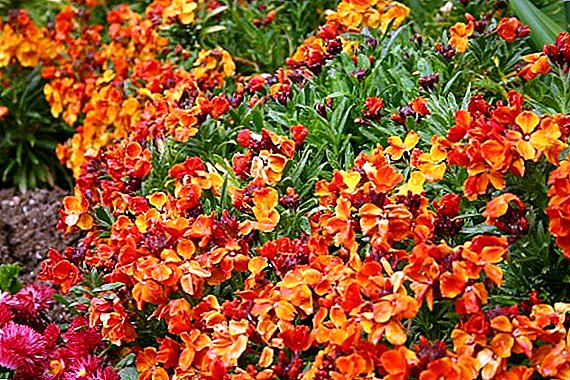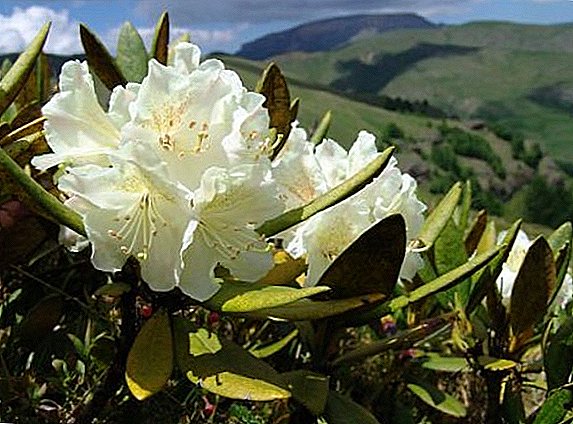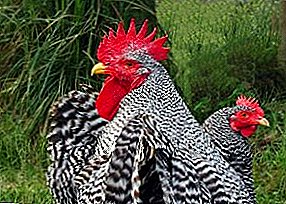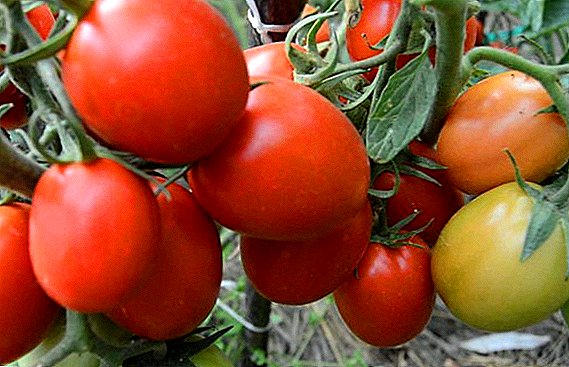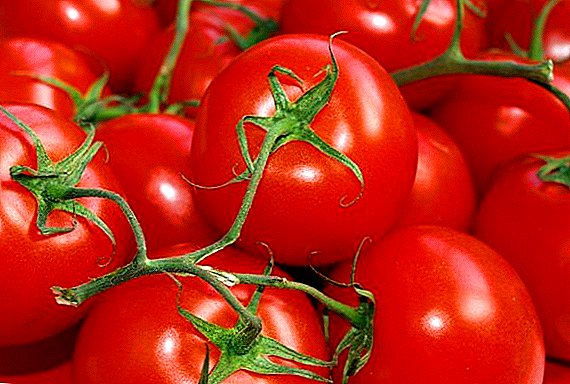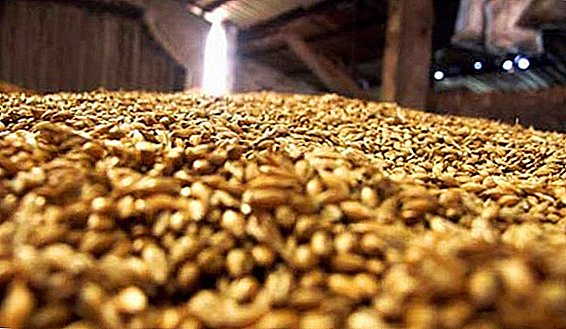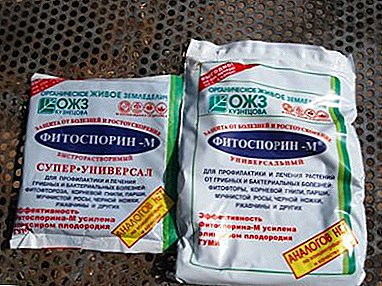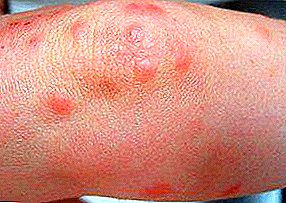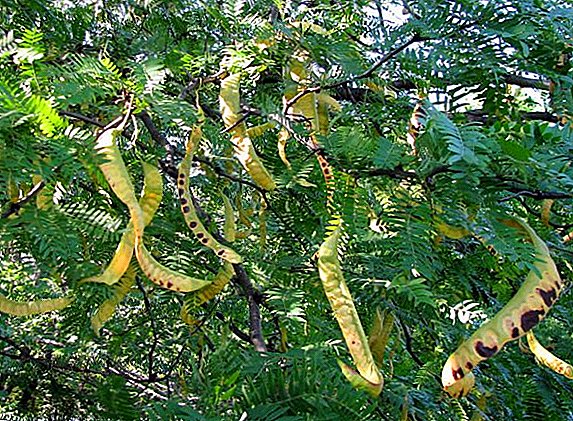 Gledichiya ordinary is one of the rarest varieties of wood, which are not afraid of drought. It survives well in desert, saline soils, in places where other plant species are usually killed. Despite the fact that the herbal medicine belongs to the category of poisonous plants, its young leaves and fruits are considered to be an indispensable source of the most valuable substances used for the treatment and prevention of various ailments.
Gledichiya ordinary is one of the rarest varieties of wood, which are not afraid of drought. It survives well in desert, saline soils, in places where other plant species are usually killed. Despite the fact that the herbal medicine belongs to the category of poisonous plants, its young leaves and fruits are considered to be an indispensable source of the most valuable substances used for the treatment and prevention of various ailments.
Description
Gledichiya ordinary is a large, drought-resistant plant legumes, possessing decorative and healing properties, it is considered a good honey plant. Timber’s homeland is North America, but today it can be found in all regions where a temperate climate prevails.
As well as common herbalism, the legume family also includes: peas, beans, clover, dolichos, broom, legumes, peanuts, acacia, chertsis, vetch and sweet peas.

Gledichia - tall plant whose length can reach up to 40-45 meters. Externally, it is similar to white acacia, has similar feathery leaves about 30 cm long, small flowers of a greenish-yellow shade with a pleasant, bright aroma. After 8-10 years after planting, the first fruits begin to ripen - legume beans, 18-23 cm. The dried fruits can remain on the tree for the whole winter. The branches and stems are covered with brown thorns along the entire length; because of this, looking at the tree, it seems to be entwined with barbed wire.
Did you know? Gledichiya due to the large number of thorns specially planted to protect the forest belts. It is also used to create a hedge, through which no living creature will pass.

The chemical composition of the culture is represented by alkaloids, glucosides, epicatechins, flavonoids, including acrammerin, olmelin, fustin, and fisetin. The beans of the plant are rich in saponins, sugars, and the leaflets are rich in antraglycosides, tannins, and vitamin K. In leaves and fruits, ascorbic acid is found in large volumes.
Habitats
Gledichia - drought resistant plant which perfectly gets on in arid regions, desert terrain, on saline soils. It grows in the southern regions of Russia, Ukraine, in the North Caucasus, in the eastern half of the United States, Central Asia. The tree is not afraid of various pests, resistant to diseases. It germinates quickly, has a strong, strong root system, a feature of which is the ability to accumulate nitrogen through special bubbles located on the roots, and enrich the soil.
The plants that are able to endure long dry periods include yellow acacia (tree caragana), birch, spindle tree, privet, deicia, oak, caragana, cotoneaster, larch, roses, lilac, skumampia and snowberry.

This type of wood does not like poor soils with a lack of nutrients. It can live in almost all regions with moderate climatic conditions.
Collecting and harvesting
Gledichia successfully used in Alternative medicine for the treatment of various diseases. The leaves and fruits of the plant are used as healing components. Fruit harvesting begins at the moment when they become dark in color and break well. After collecting, they are dried at a temperature of about + 50-55 degrees or put out into the street, in the shade. 
Important! Prick needles of a plant can be fraught with prolonged and painful inflammation of the skin. Therefore, when assembling raw materials it is recommended to use personal protective equipment.In the month of June, when it becomes hot and dry, collect the leaves. Dry them in the shade, spread out in a thin layer, and mix them systematically. Keep dried fruits and leaves in canvas bags or wooden containers. The shelf life of raw materials is 24 months.
Medical applications
The rich mineral and vitamin composition of the leaves and fruits of the plant allowed them to be used as a therapeutic and prophylactic agent. Gledichiya contains vitamins C and K, flavonoids, alkaloids, mucous components, trittepenovye saponins, which have antiseptic, astringent, anti-inflammatory, analgesic effect.
In addition to common herbalism, the following plants also have an anti-inflammatory effect: yucca, bitter wormwood, goldenrod, carnation, silver hive, birch, tricolor violet, sage (salvia) nutmeg, dogrose, sedum purple, birch, anemone (anemone) and black roseberry.

Broths from fruits and leaves are used for violations in the digestive tract, intestines, chronic gastritis, colitis, inflammation of the gallbladder. The plant helps to cope with constipation.
As well as common herbalism, the bathing, calendula, sage (salvia) meadow grass, linden, chervil, lyubka, cress, yucca, dodder, viburnum buldenege, goldenrod, onion-slizun, peanut, have a beneficial effect on the work of the gastrointestinal tract. oregano (oregano) and kale cabbage.For chronic constipation decoction of dry leaves of the fruit: 10 g of raw material is poured with 1 cup of boiling water, insist 2 hours, filter. Take the medicine for 1 st. l three times a day.
It is also recommended to take a decoction of the bean husk with:
- cholecystitis;
- hypertension;
- muscle spasms.

For the treatment of gastritis, inflammation of the gallbladder and stomach ulcers take this broth: 10 g of crushed fruit shell is poured with 250 ml of hot water, boiled in a water bath for about 10-15 minutes. Insist 30 minutes, filter. Use 1 tbsp. l up to four times a day. The course of treatment is 2 weeks.
With thrombophlebitis and vein blockage The following recipe is shown: 4 pods are crushed, poured 500 ml of water, boiled on low heat for about 10 minutes, insist 2-3 hours. Strained infusion take 1 tbsp. l five times a day. 
Important! The tree is poisonous, therefore when using its fruits and leaves for medicinal purposes it is necessary to strictly observe the dosage. When observing copious saliva, pale skin, nausea, and vomiting, it is imperative to carry out gastric lavage manipulations and go to the hospital.
The fruit of the tree is used as pet food, and its seeds often serve as a coffee substitute.
Practical use
In addition to the healing properties of glaciation has a decorative function. It is a real decoration of parks, gardens, squares, it is planted on city streets, avenues, along roads, to protect forest plantations. 
Cultural plantings
Gledichia - unique, original and very unusual tree with a beautiful crown and fragrant flowering. Due to the original appearance, due to the numerous hanging legumes, it is used in landscape design to create an exclusive hedge, decorate parks and squares. The plant tolerates a good haircut, does not require special care. Cultivated in gardens and parks in the south of Russia, the Caucasus, Central Asia.
Did you know? Gledichiya first appeared in 1637 in the parks of D. Tradescant near London. It entered the territory of Europe at the beginning of the 17th century.
 The tree is great summer honey plant which is capable of giving productive bribes. The peculiarity of the variety is that it can produce sweet, fragrant nectar even during the dry season. Bees in all weather conditions flock to the flowers and stocked with plenty of nectar.
The tree is great summer honey plant which is capable of giving productive bribes. The peculiarity of the variety is that it can produce sweet, fragrant nectar even during the dry season. Bees in all weather conditions flock to the flowers and stocked with plenty of nectar.In addition to honey locust, honey plants are also: a bruise, a common carrot, phacelia, linden, a sucker, a yellow acacia (tree stalk), a fragrant reseda, a slug bow, an irga and a maple.
Wood
Gledichiya has a strong, thick and hard wood, which is widely used as a building material. According to its physical and chemical properties, the wood of the plant is similar to the bark of the oak and belongs to the category of hard rocks. It is used for the production of sleepers, piles, pillars. Wood has been used in carpentry, the creation of decorative elements, various household tools. 
The material has a beautiful texture that allows it to be used for the manufacture of plywood sheets, furniture, interior items.
A unique and unusual plant - glaciation - can become a real salvation from many diseases. From its fruits are prepared various infusions and decoctions, which are the perfect complement to traditional methods of treatment. However, we must remember that the plant is poisonous, because the uncontrolled reception of funds based on it can lead to serious health problems, including intoxication.


